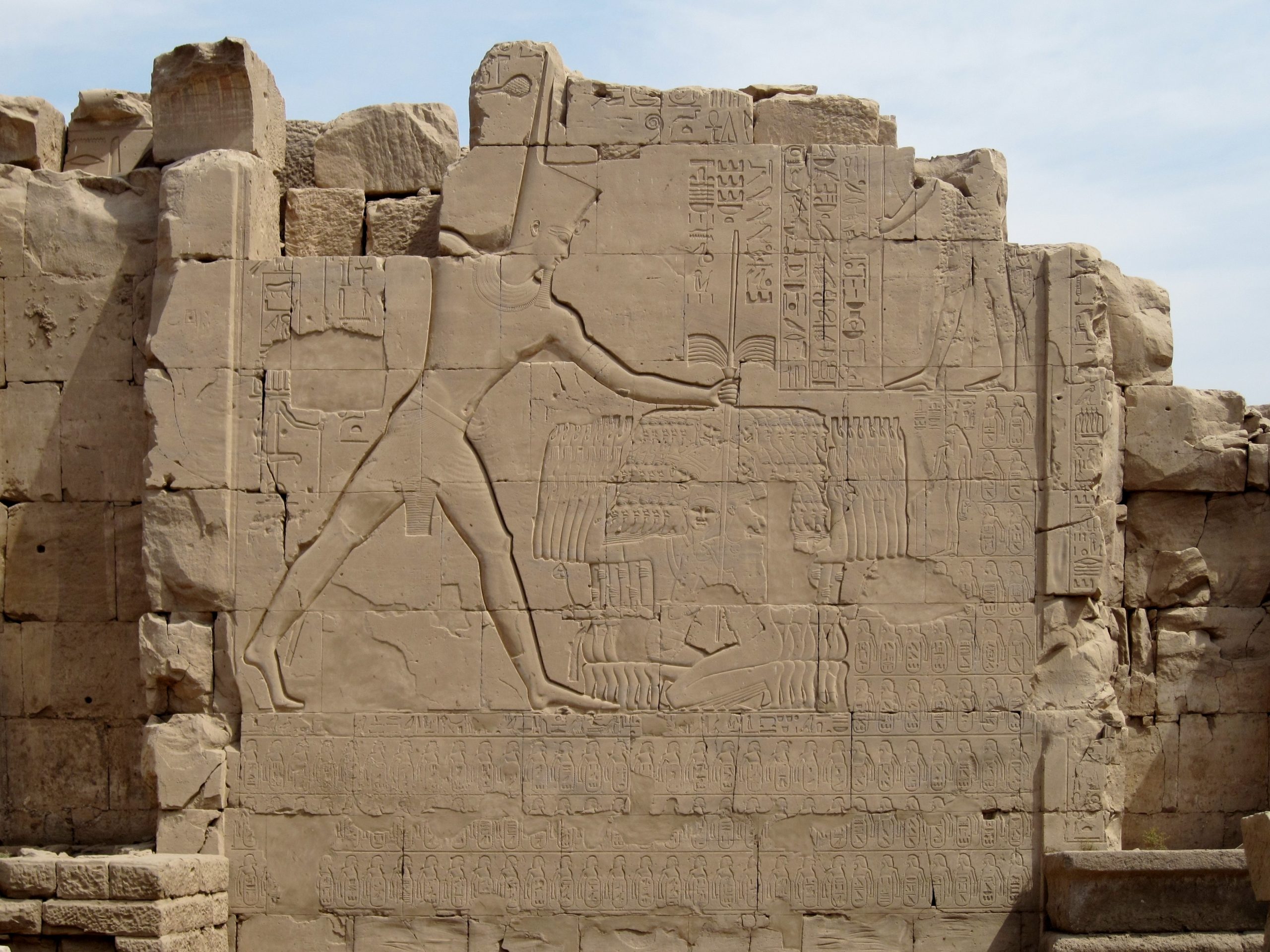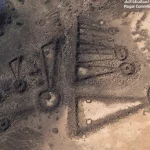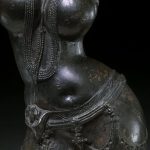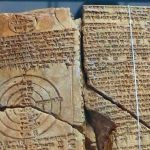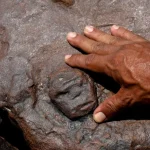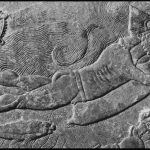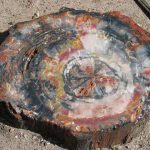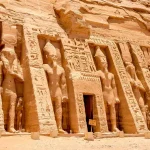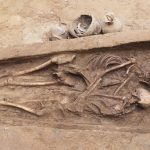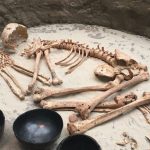Thutmose III and the Legacy of Karnak Temple
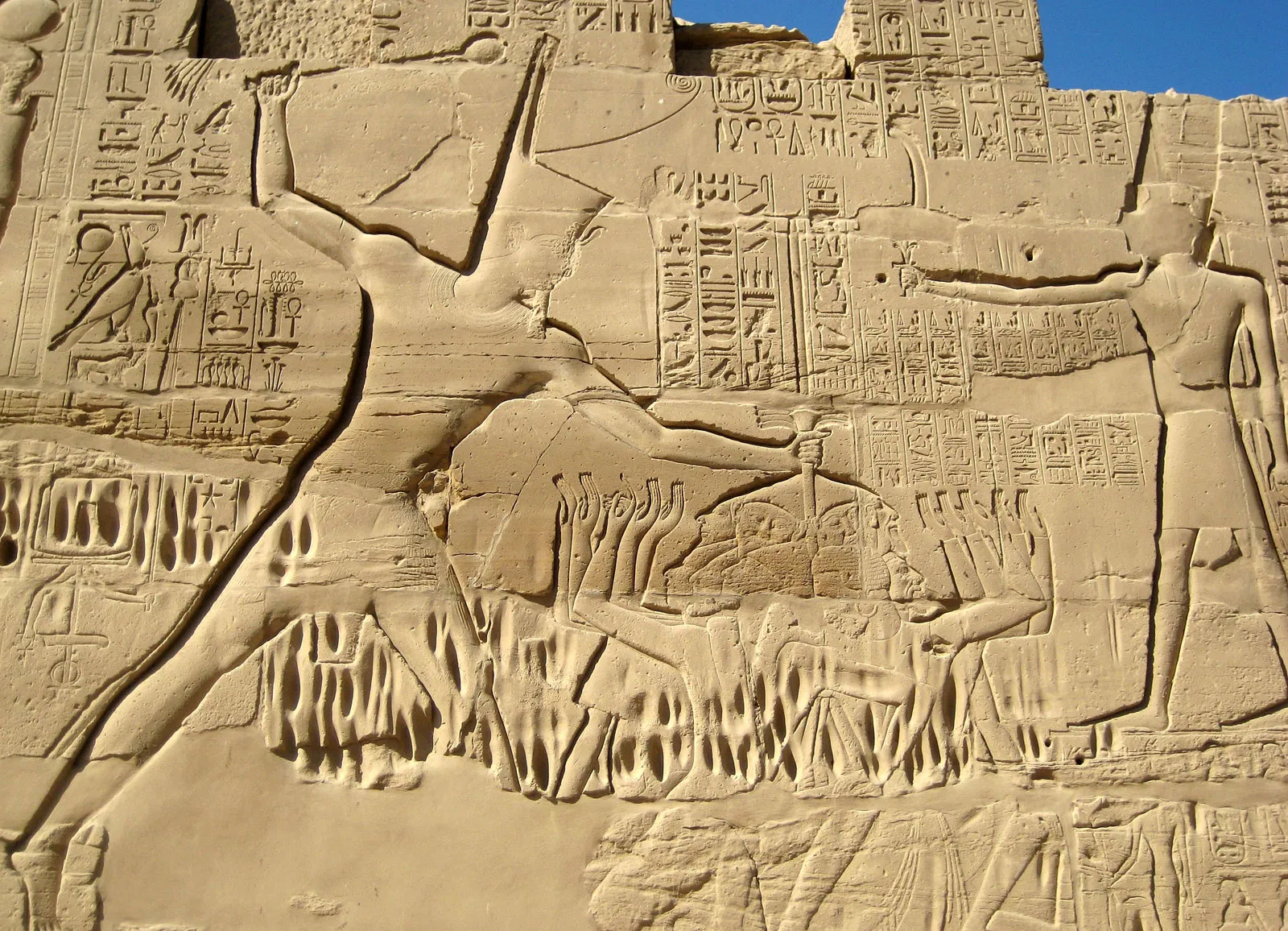
The Karnak Temple complex in Luxor, Egypt, contains a remarkable wall relief showing Pharaoh Thutmose III (1481–1425 BCE) celebrating his victory at the Battle of Megiddo around 1457 BCE. This battle was one of the earliest recorded military campaigns in history, highlighting the pharaoh’s strategic skill and Egypt’s dominance in the Levant.
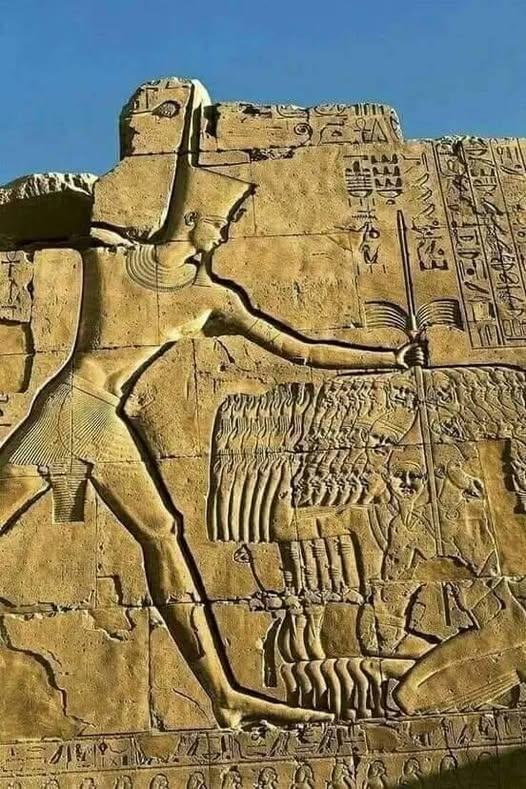
The relief not only commemorates his triumph over foreign enemies but also reinforces his divine authority as a ruler chosen by the gods. The temple complex itself is one of the largest religious sites in the world, with construction beginning under Pharaoh Senusret I (1971–1926 BCE) during the Middle Kingdom.

Building activity continued for more than a thousand years, extending through the Ptolemaic period (305–30 BCE). Although many additions were made, most of the monumental structures visible today, such as the hypostyle hall and great pylons, date to the New Kingdom era, when Karnak reached the height of its splendor.
